What can you plant after cabbage?
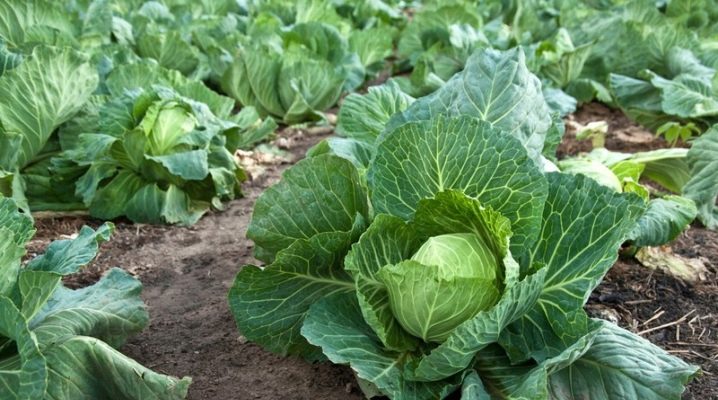
Crop rotation rules are very important in crop production. If you plant an unwanted vegetable or root vegetable after the cabbage, then there is a high probability that the harvest will be poor, if it can be obtained at all.

Can cabbage be planted after cabbage?
Cabbage is one of those plants that consume large amounts of nitrogen from the soil. This is one of the reasons why, when growing this crop, you have to constantly introduce a lot of organic matter into the ground. Compost and manure are considered to be some of the best options.
It is precisely because cabbage has a developed root system that soil depletion occurs to a depth of 50 cm. That is why the requirements for crop rotation when growing crops are so stringent.
It is also worth remembering that cabbage is susceptible to various kinds of diseases, many of them retain their viability even during severe frosts.
Leaf beetles and aphids that hibernate in the ground, with the onset of spring, quickly activate and attack young plantings.
Therefore, it is worthwhile to understand in advance which culture will be planted in the place where cabbage previously grew.
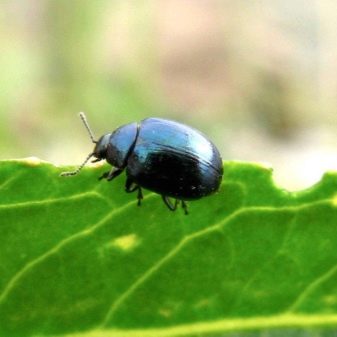
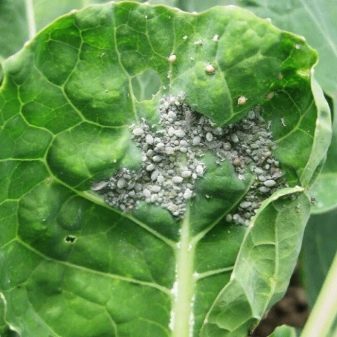
Often, the next year after harvesting, cabbage is planted again in the same place. This option has a place to be, but it is not considered ideal. In this case, in the fall, it will be necessary to fertilize the soil with a large amount of compost, otherwise the earth will be depleted. If you plant cabbage in one area every year, then as a result:
- there will be no mineral substances necessary for the growth of culture in the earth;
- cabbage pests will multiply in large numbers and cause irreparable damage to the crop;
- the culture will degenerate because it lacks food;
- often there is an increased incidence, a decrease in yields, even if the planting is properly cared for.
Experienced plant breeders advise planting a crop in the same place for no more than two years in a row.
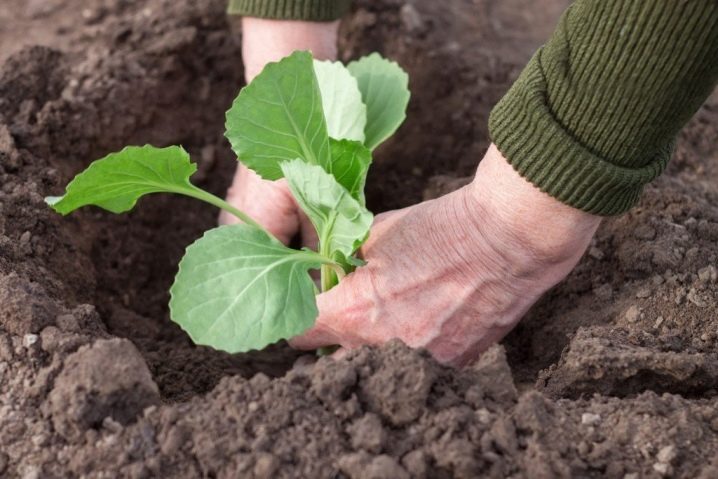
Allowed crops
There are vegetables and herbs that feel great in the ground after cabbage.
Cucumbers
This plant is an ideal precursor as well as a favorable neighbor. All pumpkin seeds known to man are tolerant of the composition of the soil, so there are no special problems with them.
Cucumbers will grow best where early cabbage or broccoli were harvested.
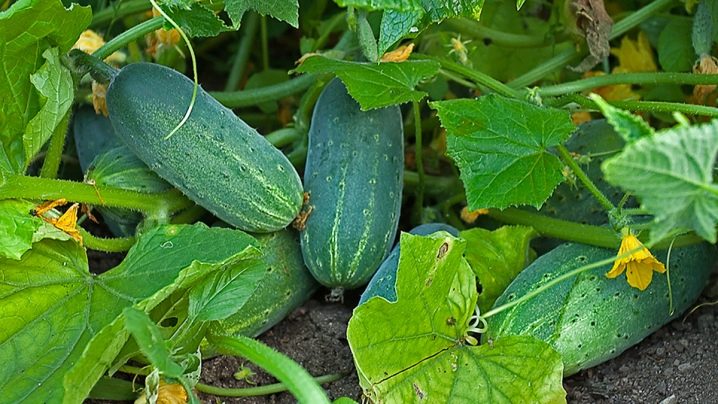
Tomatoes
It is also possible to plant tomatoes after the described culture, but the soil will need to be well fertilized. In the fall, humus, potassium salt and superphosphate are introduced before digging. Consumption per square meter of sown area - 5 kg * 25 grams * 25 grams.
It is this mixture that allows you to maximize the nutritional value of the soil for tomatoes.

Eggplant
Eggplants also feel fine in the ground after heads of cabbage, but it also needs to be fertilized first. Add to the dug garden bed per square meter:
- 10 kilograms of humus;
- 15 grams of potassium salt;
- 30 grams of superphosphate.
During the winter, these substances are properly distributed in the ground, the soil rests and is enriched with mineral components.
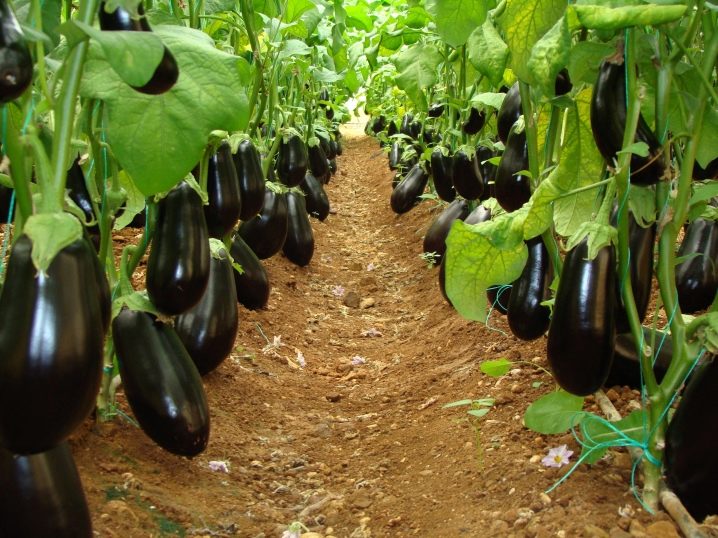
Zucchini
A good option is to plant zucchini after cabbage. It is desirable that an early or mid-season crop variety grow earlier on the site, otherwise you may encounter a yield problem.
From September, you will first need to dig up the future planting site, then add superphosphate 30 grams per square meter and potassium sulfate in the amount of 15 grams.
A decent harvest can be achieved by planting pumpkin or squash, but only when early cabbage varieties were grown earlier.
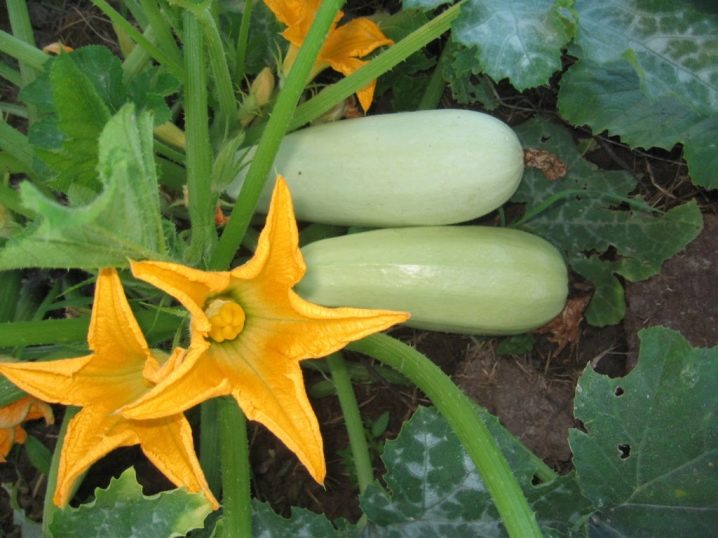
Pepper
This vegetable can be grown after cabbage, despite the fact that it is picky about the composition of the soil. Before winter, you will need to clear the area of weeds, dig up the soil and sprinkle 300 grams of lime per 1 square meter. This is how you can quickly reduce the acidity of the earth.
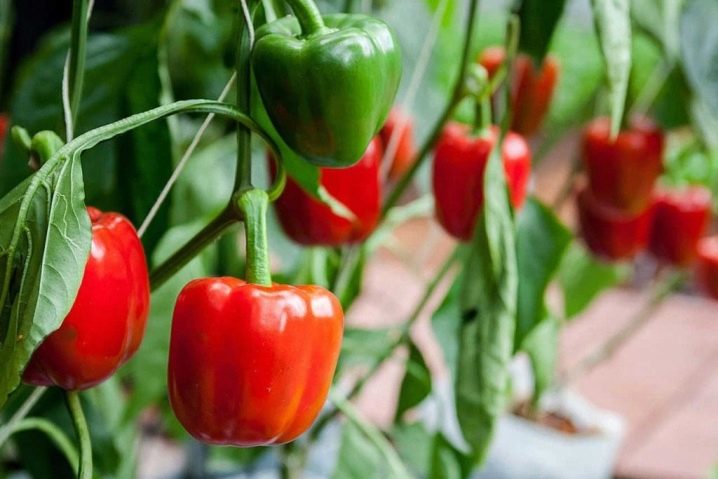
Beet
After the described culture, beets grow well on the site. To achieve a rich harvest, it is better if it is planted after early maturing varieties.
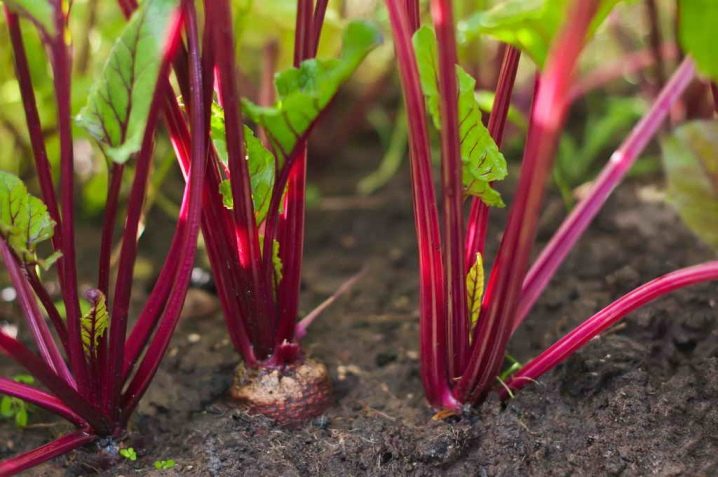
Carrot
Carrots can be planted, but it is worth remembering that both plants suffer from the same diseases. There will be enough trace elements in the soil for the development of the root crop, but the likelihood of infection from this does not decrease.
Carrots with their rhizomes go deeper into the ground, therefore, additional feeding is not required.

Greens
Feels good after planting in the ground following the cabbage onions. It is not only onions, but also green, even a batun. This crop is susceptible to organic fertilizers, therefore it gives an excellent harvest.
Garlic is also included in the category of those crops that can be planted after the heads of cabbage. Often the following plants can be found in the beds:
- parsley;
- celery;
- Dill;
- salad.
Grasses belonging to the umbrella category will also grow well after the described culture. Even if the land is very poor, this factor will not affect the quality of the harvest of aromatic herbs in any way.
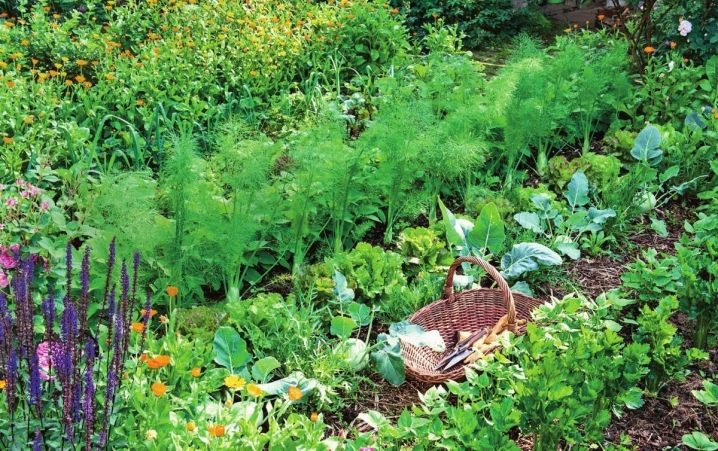
Other
Regardless of which variety of cabbage was grown on the site, it is best to plant potatoes next year. If it was broccoli, then spinach will feel great in that place.
Rocked and potatoes do not have common pests that can affect them with the onset of spring, and diseases. Even such a dangerous disease as keela is not a problem in this case. Moreover, few beginner growers know that potatoes act as a healer for the soil where cabbage was previously grown. If you build it in this place for three years, then the keela dies.
Garlic, beets and spinach are also used to clean the soil from various kinds of diseases; they kill the keel in just two seasons.
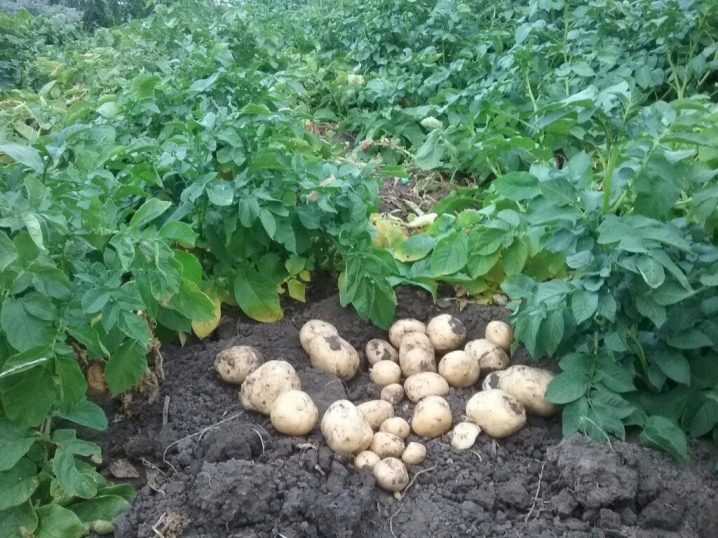
What can't be planted?
There are also plants that should not be planted after cabbage. Experienced agronomists prioritize cruciferous crops. This is especially important if, before that, a disease such as keela was observed on the site. Any cruciferous plants cannot be sown categorically within 5 years.
Radish
If the site is used illiterately, then when planting radish after cabbage, it is possible not only to face serious lesions from diseases, but even to lose the crop completely. Moreover, both crops suffer from the same insects, which is why it is not recommended to plant radishes and cabbage after each other.
Cruciferous flea beetles are one of the main problems that the grower will have to face. They not only spread with lightning speed over plantings, but also cause great harm to plants.
Radishes and cabbage also get sick with fungal diseases. If the topsoil is not treated, then infection is inevitable.
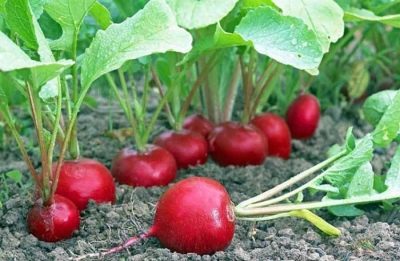
Turnip
It also belongs to the cruciferous family, because they have the same diseases with cabbage.
You can save the yield only if the plot is processed in the spring and autumn.

Horseradish
Many believe that this is a weed that can grow in any area, but this opinion is incorrect. It is after the cabbage that it is not worth planting, since diseases from the head culture will easily pass on to it.
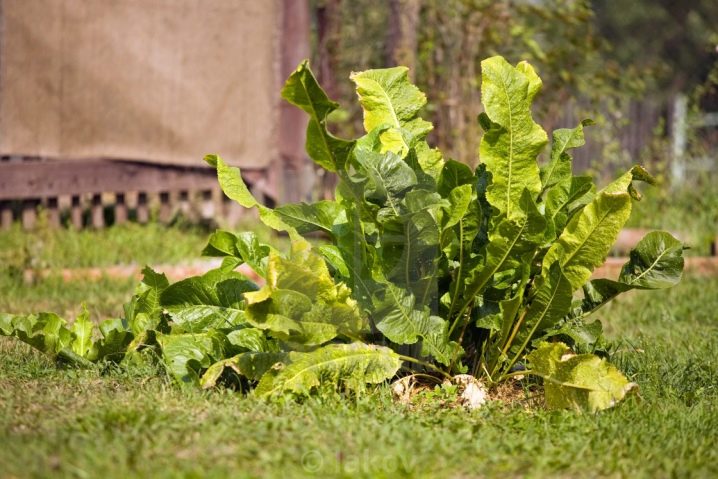
Mustard
This plant is also easily attacked by the keel. The autumn digging of the site after the cabbage and its disinfection will save the situation.
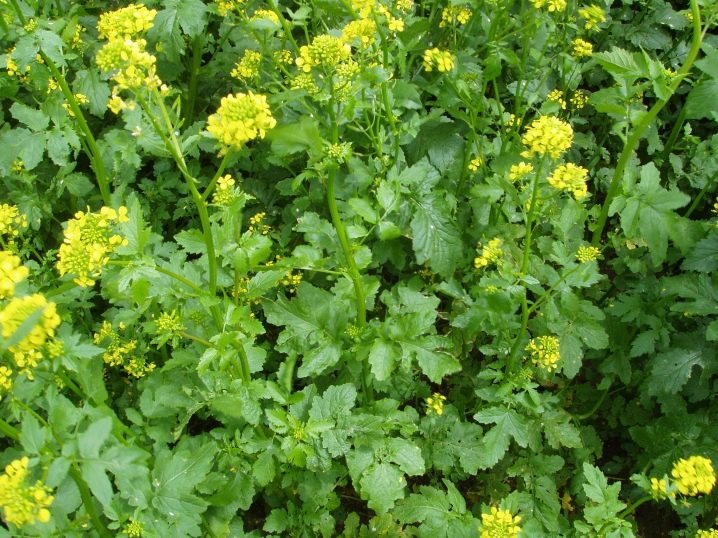
Other
There are other crops that are not advised to be planted after cabbage, among them:
- swede;
- daikon;
- watercress;
- rape;
- shepherd's bag;
- turnip;
- rape;
- Strawberry.
Despite the fact that rutabaga requires a minimum of care, you should not plant it after cabbage. In most cases, disease infection is inevitable, and this, in turn, leads to a complete loss of crops.
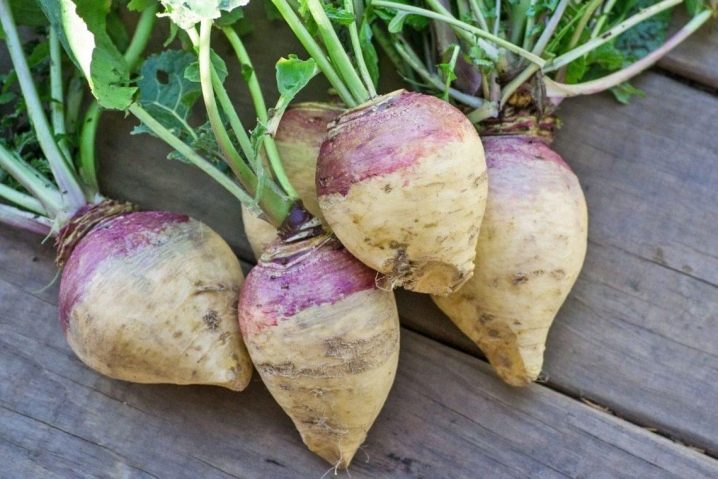
Growing daikon can trigger the development of some serious diseases that lead to the loss of vegetables.
As for the watercress, it is very picky about the condition of the soil. After the described culture, this plant will not develop normally. Lack of the proper level of minerals will ruin the cross-salad.
When growing a shepherd's purse, it is necessary to strictly monitor the crop rotation. The main reason is that it severely depletes the soil around. After cabbage, it is already not rich in minerals, and after a shepherd's purse, the earth will be unsuitable for planting for a long time. Moreover, seedlings of other crops planted around will suffer.
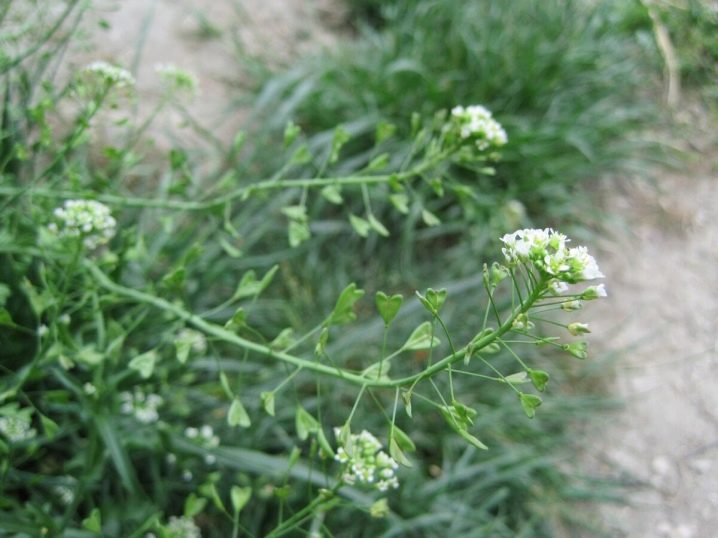
Rape is considered one of the relatives of cabbage, which is why it should not be planted after the described culture. The minimum period is 3 years.
Rape is also a cabbage species, which is why it is so strongly susceptible to the same fungal diseases.
As for strawberries, its berries do not even tolerate the neighborhood with cabbages, what can we say about planting them after culture.
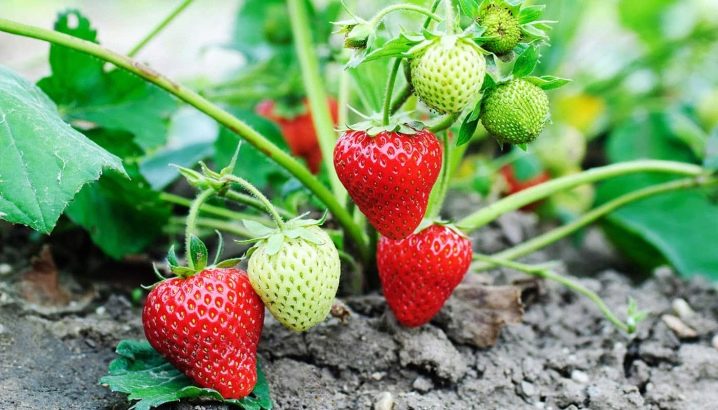










The comment was sent successfully.